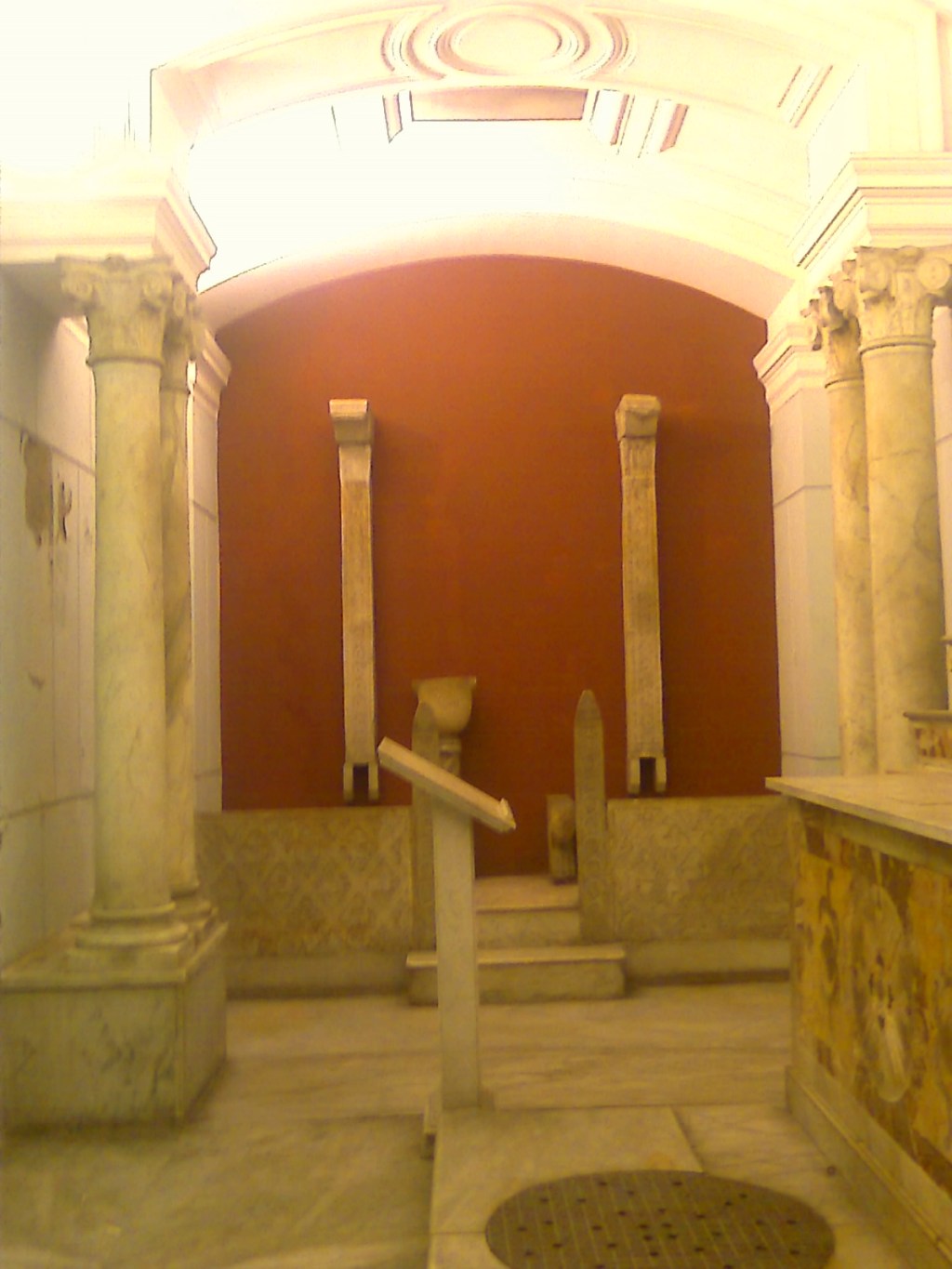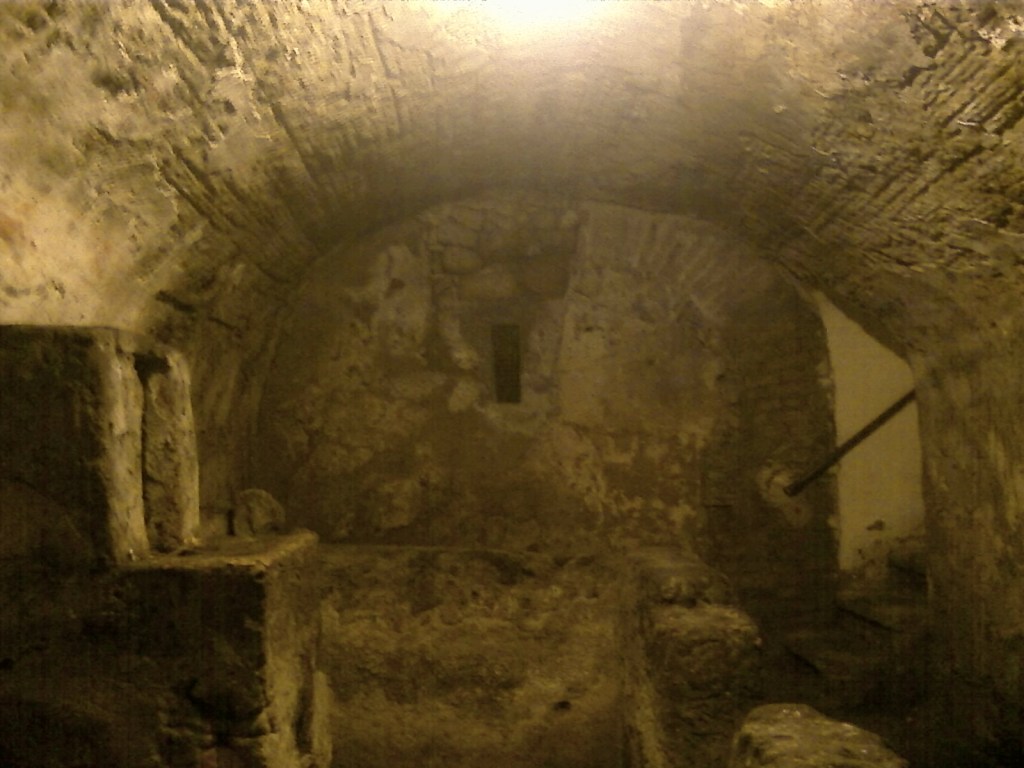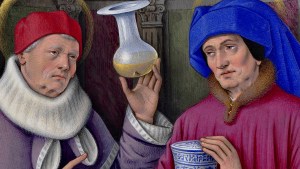What does aspirin, a universal remedy for headaches, have to do with one of the patron saints of Naples?
St. Aspren or Asprenas
Tradition has it that St. Peter, passing through Naples on his way to Rome, met an elderly woman named Candida who was very ill. The apostle, in the name of Jesus Christ, cured her.
After thanking him for the miraculous healing, the woman asked Peter to intercede for the healing of a friend of hers, Aspren (sometimes known in English as Asprenas), who was also ill.
Both Candida and Aspren, after being healed, converted to the faith and were baptized.
Before St. Peter left for Rome, he left St. Aspren in charge of the church of Naples; he was the first bishop of the city and remained in office for 23 years. The staff with which Peter is said to have cured Aspren is preserved in the Royal Chapel of the Treasure of San Gennaro.
St. Aspren was the first patron saint of Naples but gradually lost his fame. The city now has no fewer than 56 patron saints. St. Januarius is the most famous even today thanks to the miracle of his blood.

The altar where headaches were cured
The story goes that at the end of the 19th century, when the local government decided to raze an entire area to build an optimized urban district, a small chapel dedicated to St. Aspren was on the list of doomed buildings.
Thanks to the intervention of Prince Ferdinando Colonna di Stigliano, the chapel was saved and the town council was able to modify the project in order to preserve the chapel.

When they went down to the underground level of the chapel they found a small cave, which had been none other than the saint’s house.
There, the faithful had built a rock altar in whose base there was a hollow where they inserted their heads to be cured of headaches, through the intercession of the saint.

In the same chapel the saint is depicted healing a woman from migraine and a man from arthritis.
There are two probable reasons why his devotees attributed to the saint the ability to cure headaches. One is due to the fact that he was beheaded for refusing to deny the faith. The other is that he was known for doing penance by putting a stone on his head.
Aspreno to Aspirin?
There is a popular tradition in Naples (and beyond) that there is a connection between this saint and the name of the medicine Aspirin. It seems too similar to be a coincidence. In fact, one of the chemists who first isolated salicylic acid (which is transformed into acetylsalicylic acid to make Aspirin) was Raffaele Piria, who was from southern Italy and studied in Naples. Might he, or his legacy, have played a role in the selection of the name?
It was the German pharmaceutical company Bayer that released Aspirin and named it in 1899. The official explanation given for the name is that “the ‘A’ comes from acetyl and ‘spir’ from the first part of Spirea ulmaria (Meadowsweet) a botanical source of salicylic acid.” That might seem to debunk the theory. However, it’s also possible that someone at Bayer wanted to reference St. Aspren and found a way to justify doing so by referencing more mundane, scientific reasons.
We’ll probably never know the full truth. In the meantime, if you suffer from headaches, we can pray to St. Aspren, and if the headaches don’t go away, there is always Aspirin!



